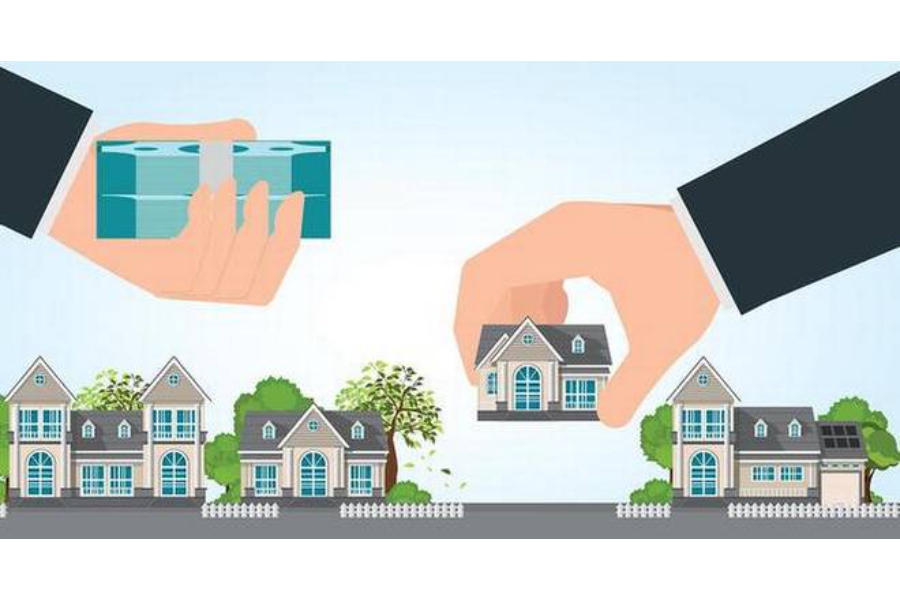
1. Solar Panels: Installing solar panels on the roof allows you to generate clean, renewable energy for your home.
2. Energy-Efficient Appliances and Lighting: Use energy-efficient appliances and LED lighting to reduce electricity consumption and lower your carbon footprint.
3. Efficient Insulation: Proper insulation helps to maintain a comfortable indoor temperature and reduces the need for heating and cooling, saving energy.
4. Rainwater Harvesting: Collecting rainwater through a system of gutters and storage tanks can provide water for landscaping and irrigation, reducing the strain on municipal water supply.
5. Low-Flow Fixtures: Install low-flow toilets, faucets, and showerheads to reduce water usage and conserve this precious resource.
6. Natural Ventilation: Utilize strategically placed windows and vents to optimize natural airflow and reduce the need for mechanical cooling systems.
7. Sustainable Materials: Choose eco-friendly and locally sourced materials, such as bamboo flooring or recycled glass countertops, to minimize environmental impact during construction and reduce waste.
8. Green Roofs: Green or living roofs use vegetation to insulate, absorb rainwater, and reduce the heat island effect, providing many environmental benefits.
9. Passive Heating and Cooling: Use passive design principles to optimize the home’s orientation, shading, and window placement, allowing for passive heating in the winter and natural cooling in the summer.
10. Water Efficiency Systems: Install greywater recycling systems to reuse water from showers, bathtubs, and sinks for non-potable purposes like toilet flushing or irrigation, helping to conserve water.

